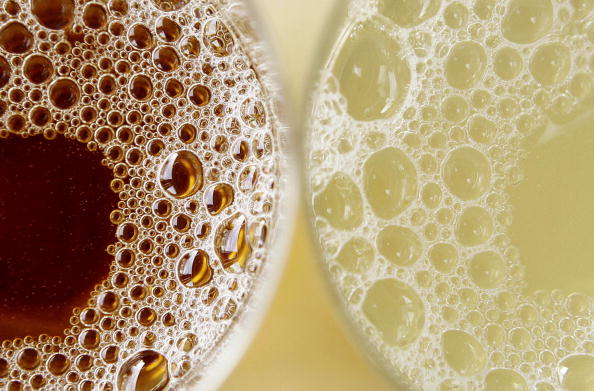
Fructose, the kind of sugar found in fruit, honey and corn syrup, may increase your cravings for rich foods, according to a new study. People were more likely to have reward centers in their brains activate when looking at images of food after they drank a beverage sweetened with fructose than after they drank a similar drink that was sweetened with glucose.
Previous studies had shown that fructose does not suppress the appetite as much as glucose does. Glucose is the sugar that the body creates from carbohydrates, but which is found in many types of foods. Table sugar is a compound of glucose and fructose.
Researchers at the University of Southern California had healthy volunteers drink the sweetened beverages and then asked them to rate their hunger. The volunteers then underwent functional magnetic resonance imaging (fMRI), which shows the activity of the brain, while they looked at pictures of high-calorie food and nonfood objects. While they were being scanned, they were again asked to rate their hunger, and were asked to decide between an immediate food reward and a delayed monetary bonus.
The researchers found that the volunteers were hungrier and had a greater desire for food after drinking the fructose beverage than after drinking the glucose beverage. They also were more willing to give up a later reward of money for immediate food. The scans showed that there were greater responses to pictures of high-calorie foods in the portions of their brains that deal with rewards and their visual cortexes.
The researchers also took blood samples and measured levels of the hormones insulin, leptin, and ghrelin. The found no difference in levels of leptin and ghrelin, which have a role in hunger, between the fructose drink and the glucose drink. But blood levels of insulin were much lower after the fructose than after the glucose.
The study was published in the journal Proceedings of the National Academy of Sciences.
